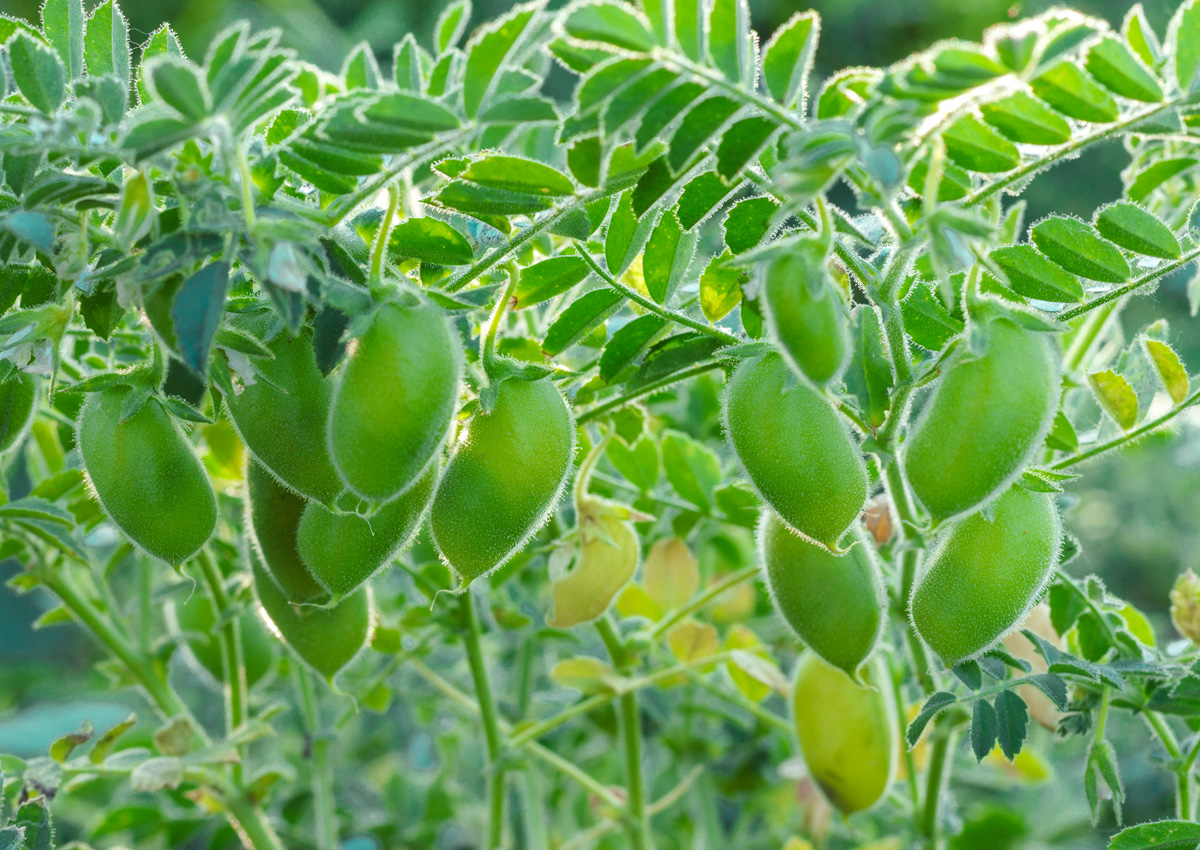
UWA and ICRISAT Researchers Identify Genes to Improve Chickpea's Phosphorous Uptake and Use Efficiency
June 9, 2021| |
Researchers from The University of Western Australia (UWA)'s Institute of Agriculture, in collaboration with the International Crops Research Institute for the Semi-Arid Tropics (ICRISAT) have identified genes and loci (the position of the genes) for chickpea root architecture and root traits that were associated with phosphorus acquisition and use efficiencies.
The UWA and ICRISAT research teams used three statistical models to identify more than 100 marker-trait associations where they identified one single genetic variation that they associated with phosphorous uptake and use efficiency. Genes related to physiological phosphorus-use efficiency, specific root length, and manganese concentration in mature leaves were also identified.
According to the project's co-leader Professor Rajeev Varshney, ICRISAT Research Program Director and Adjunct Professor with UWA and Murdoch University, it was the world's first study that reported genomic regions associated with the above important traits by using genome sequencing data on a large set of germplasm lines.
For more details, read the news article on the UWA website.
| |
You might also like:
- Chickpea to Get Nutrition Boost from Hardy and Weedy Wild Relatives
- Transgenic Chickpeas Exhibit Drought Tolerance, Increased Seed Yield Under Extremely Dry Condition
- Indian Experts Develop Nutritious Drought Tolerant Chickpea
Biotech Updates is a weekly newsletter of ISAAA, a not-for-profit organization. It is distributed for free to over 22,000 subscribers worldwide to inform them about the key developments in biosciences, especially in biotechnology. Your support will help us in our mission to feed the world with knowledge. You can help by donating as little as $10.
-
See more articles:
-
News from Around the World
- ISAAA Webinar: What is Gene Drive?
- World's First Kelp Burger Launched
- Software Tool to Boost Precision Agriculture
- GE Cotton Goes to the International Space Station
- AquaBounty's GE Atlantic Salmon Gets Approval in Brazil
- Pakistan Seeks Cooperation with China to Develop Agricultural Sector, Enhance Food Security
- UWA and ICRISAT Researchers Identify Genes to Improve Chickpea's Phosphorous Uptake and Use Efficiency
- GM Poplars Approved for 4-Year Field Trial in Belgium
-
Plant
- Putting Breaks on Gene Editing with Anti-CRISPRs
- European Animal Farmers, Breeders Laud European Commission's Report on New Genomic Techniques
- Canadian Grain Farmers Back Gene Edited Crops
- International Trade in Crops with New Breeding Technologies: The Australian Perspective
-
Read the latest: - Biotech Updates (December 17, 2025)
- Gene Editing Supplement (December 17, 2025)
- Gene Drive Supplement (February 22, 2023)
-
Subscribe to BU: - Share
- Tweet

